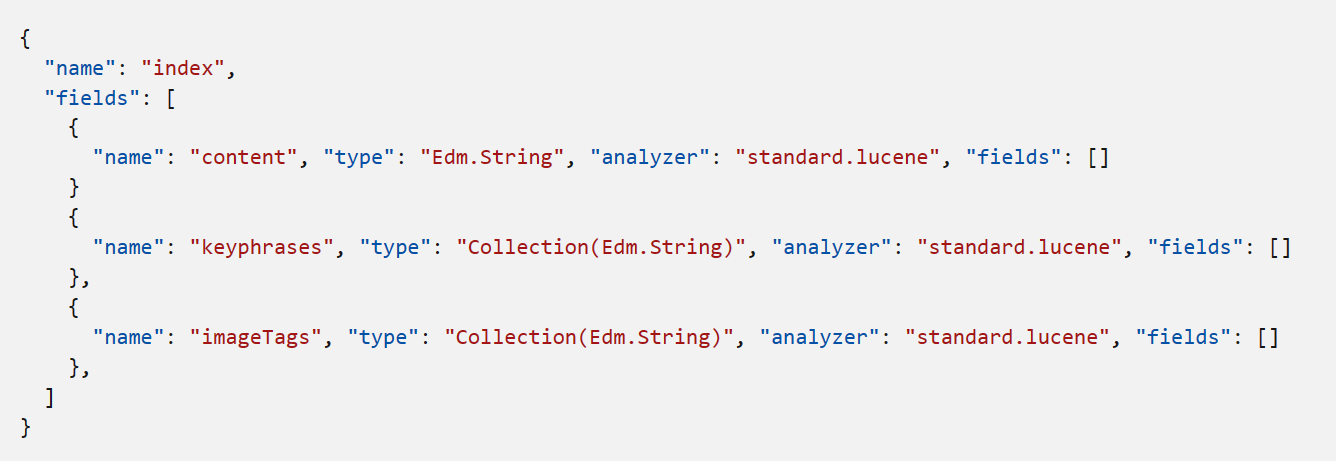Understand data extraction for knowledge mining
Knowledge mining solutions provide automated information extraction from large volumes of often unstructured data. A foundational knowledge mining solution is search, the process of retrieving relevant information from a large dataset in response to a user query. AI-powered information extraction supports improvements in what is searchable in a search index.
In AI-powered information extraction for search, content first moves through Document cracking. Document cracking describes opening document formats like PDFs to extract the contents as ASCII text for analysis and indexing.
The contents then move through AI enrichment, which implements AI on your original content to extract more information. Examples of AI enrichment include adding captions to a photo and evaluating text sentiment. AI enriched content can be sent to a knowledge store, which persists output from an AI enrichment pipeline for independent analysis or downstream processing.
The resulting data is serialized as JSON data. The JSON populates the search index. The populated search index can be explored through queries. When users make a search query such as "coffee", the search engine looks for that information in the search index. A search index has a structure similar to a table, known as the index schema. A typical search index schema contains fields, the field's data type (such as string), and field attributes. The fields store searchable text, and the field attributes allow for actions such as filtering and sorting. Below is an example of a search index schema:

A result is a search solution which typically includes the following components:
| Component | Function |
|---|---|
| API Layer | Accepts user queries and routes them to the search engine. |
| Query Processor | Parses and interprets the query. |
| Search Strategies | Determines how to search—e.g., keyword, semantic, vector, or hybrid. |
| Execution Engine | Executes the query across the search index. AI-powered information extraction adds to the data that is searchable. |
| Result Aggregator | Combines results from multiple sources into a unified list. |
| Ranking Engine | Sorts results based on relevance, freshness, popularity, or AI signals. |
| Response Formatter | Formats the results for display in the user interface. |